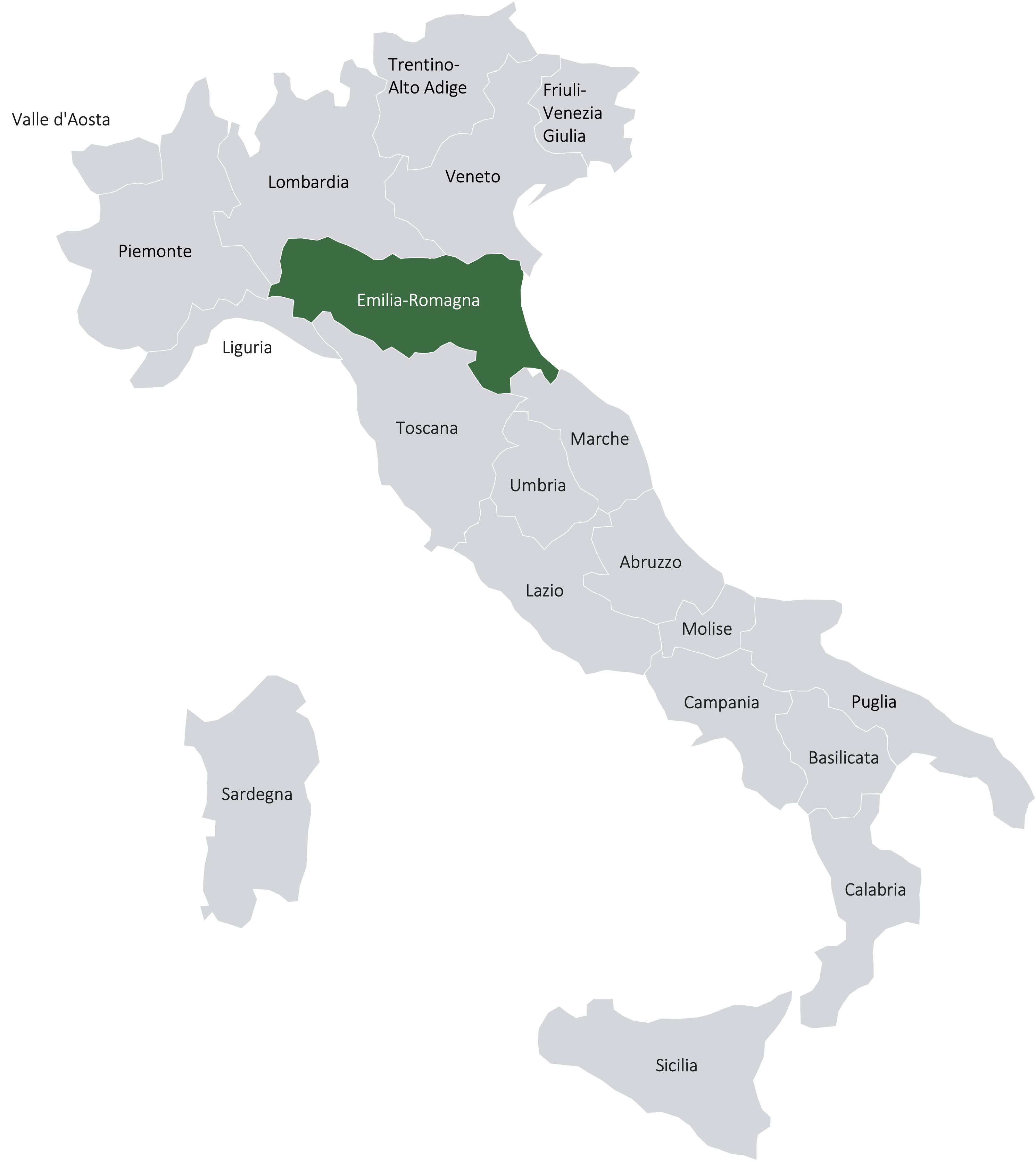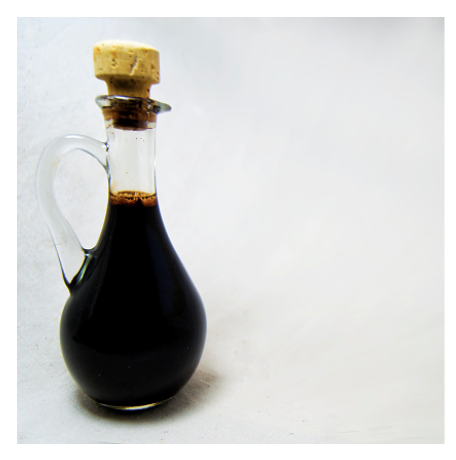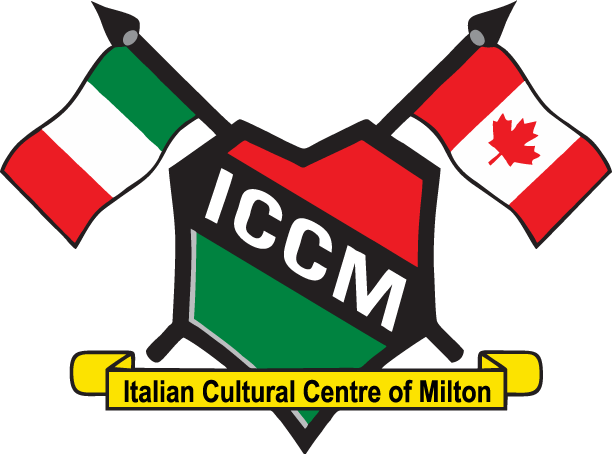Emilia-Romagna
The region extends from the Adriatic Sea to the east, almost across the peninsula between the Po River to the north and the Ligurian and Tuscan Apennines to the west and south. The Po River runs through the region.
It is one of the leading agricultural regions of Italy. Livestock and dairy farming, food processing, and food packing industries are extensive. It also produces natural gas, cars, machinery, pharmaceuticals, ceramics, and clothing. Within Emilia-Romagna is also the independent republic of San Marino, the most ancient republic in Europe, with a population of about 26,000 inhabitants, whose economy is mostly based on agriculture, tourism, and the issue of stamps and coins. Industries, especially in the food sector, are flourishing, as is tourism.

Capital – Bologna
Located between Florence and Venice. Bologna has the most well-preserved medieval city center and the largest of its kind in Europe. Bologna has 3 nicknames that best describe the city:
La Dotta -The Learned – its university was founded in 1088 and is the oldest university in the western world
La Grassa- The Fat – due to its culinary importance and products such as Parma ham, mortadella, balsamic vinegar and parmesan cheese
La Rossa – The Red – its architecture and the terra cotta tiles used on the roofs on most buildings

Tagliatelle al Ragu Bolognese
A meaty sauce cooked very slowly and served over tagliatelle. Using beef, pork or veal with wine tomato and broth. It takes hours of simmering and then adding mild to create its creamy texture.

Parmigiano Reggiano
(Protected Designation of Origin) is known as the “King of Cheese” It has a sharp and complex flavour with fruity and nutty notes.

Prosciutto di Parma
Produced in Parma. It is cured hind legs of pork made by rubbing and massaging salt over the outside of the meat, but proportionate to the weight of the meat. It is aged for up to 12 months.

Tortellini in Brodo
Stuffed pasta cooked in broth. The filling of the tortellini is pork, mortadella, and prosciutto, and the broth is made from chicken stock.

Lasagna alla Bolognese
Although it started in Naples, Lasagna has become a tradition. Made with Bolognese sauce and grated Parmigiano Reggiano which is added in between the layers of lasagana sheets of egg pasta. Bechamel sauce is also added to make the lasagna creamier and more flavourful.

Mortadella
A blend of cured pork, black pepper, pistachios and myrtle berries. A sausage of Mortadella Bologna can weigh from 33 to 220 pounds.

Balsamic di Modena PDO
A black vinegar produced from Trebbiano grapes the red seal PDO signifies that the vinegar has been produced in the same manner as it has been for centuries.
UNESCO World Heritage Sites in Emilia Romagna
Ferrara, City of Renaissance, and its Po Delta
Ferrara, the seat of the House of Este, was an intellectual and artistic centre during the Italian Renaissance of the 15th and 16th century. It attracted artists to decorate several mansions and palaces (Este Castle pictured), while the architectural school influenced the styles in Italy and Europe. Originally listed as “Ferrara, city of the Renaissance”, the site was expanded in 1999 to include the cultural landscape of the Po Delta.


Early Christian Monuments of Ravenna
Ravenna
This site comprises eight monuments in the city of Ravenna, which was the seat of the Roman Empire in the 5th century. The churches and mausolea are decorated with mosaics of outstanding artistic quality that mix motives from Western and Byzantine arts. The Basilica of San Vitale is pictured.
Cathedral, Torre Civica and Piazza Grande
Modena
The 12th-century complex comprising the cathedral, the tower, and the square is an excellent example of early Romanesque art, with a strong influence on the development of the style. The cathedral was designed by the architect Lanfranco and decorated by the sculptor Wiligelmo.


Ancient and Primeval Beech Forests of the Carpathians and other Regions of Europe
Primeval Beech Forests of the Carpathians are used to study the spread of the beech tree (Fagus sylvatica) in the Northern Hemisphere across a variety of environments and the environment in the forest. The site was first listed in 2007 in Slovakia and Ukraine. It was extended in 2011, 2017, and 2021 to include forests in a total of 18 countries. There are 13 forests listed in Italy, they were inscribed in 2017 and 2021. Val Fondillo is pictured.
